If entering Panama was hard, leaving the country proved to be much harder. Panama was the last Central American country, and only 90 miles from the coast was our new destination: the infamous Columbia. What separates the two countries is one of the most dense and impassable jungles and swamps on earth, called the Darien Gap. Walking the Darien is almost suicide let alone taking a vehicle through it. A group of British guys tried to cross the Darien gap in the 70?s and their average progress was 300 feet a day! In the end they had to be airlifted out.
Needless to say, we had to ship the bike to other side either on an airplane or cargo ship. Since we were sending the SRzero electric car and the support van to the other side as well, we decided to load everything on one container and load it on an ocean freighter. The paperwork for the shipping process started before we even arrived in Panama and lasted five days into our stay. Office to office, we chased our tail with the Panamanian bureaucracy, corruption and laziness on every level. At one office, there was a 10x10 room filled by eight female workers shoulder to shoulder with no air conditioning. Inside of that room was another door and this was the door to the director?s office, and as we entered it, we were shocked. His room was four times bigger than everyone else?s and two air-conditioning units were on full blasts aiming at his desk. Gold chains hanging from his neck and iphone in his hand, he was a fat cat and a rude one at that too.
We also had to get the vehicles inspected at the police station. The police station was in a very dodgy part of town and the police warned us several times not to go across the parking lot to the little store as we might get caught in the middle of a shoot-out. One of the local guys packing some heat, came over from an apartment across the street and cheerily reassured us, ?Don?t worry. I have a gun. You?ll be safe!?
After all the paperwork was done, we had to take the vehicles to Colon, a major port on the Caribbean side about 100 miles away, and load everything up into the container. The paperwork went on until the last minute and it took from 6 am to 6 pm to load one container. The three vehicles barely fit into the 40 foot container with bike going in last and sitting sideways. About 8 port-workers strapped everything down and finally sealed the container. Photography and recording videos were strictly prohibited, but we managed to smuggle my small camcorder in to get some shots. All said and done, the only thing left to do was to take a short flight from Panama City to Cartagena, Colombia and wait for the container to arrive.
Panama City is a very diverse city with almost every ethnic background from all over the world. From Chinese to Arabs to Germans and Africans, every part of the town is occupied with a distinctive race. It owes its diversity to the famous canal built by the United States army corp of engineers at the instigation and behest of Teddy Roosevelt in early 1900. Roosevelt, despite all protests and oppositions from Latin America, (Panama was part of Colombia at that time) pushed on through with the construction of the canal, and 10 years after its initial start, almost every ship that crossed between the Pacific and Atlantic went through this narrow canal. It changed the map of Central America and created a new country: Panama. Sailors and workers from literally everywhere settled in Panama City and made a one giant international community. Colorful and beautiful, Panama is the most important port in the western hemisphere and a significantly large portion of the country?s income comes from the canal and the shipping industry.
We had the privilege of getting a private tour of the impressive Panama Canal and even walking across the locks. The ships are guided in, strapped on both sides to small trains to keep them from side-to-side movement due to the narrow water way, and in three steps, they cross the canal. In the first lock, they raise the water to float the ship higher, then they open the second lock and so on until the ship floats on the other side. The width of the canal is still the same as what it was when built in 1914 but there are plans to widen the canal in 2012 to ease the passage for more vessels at a time.
We were warned and warned again about Colombia, on the drug cartels, the FARC, and the kidnappings and almost everyone was apprehensive to some extent about Colombia. Let see if it lives up to its myths.

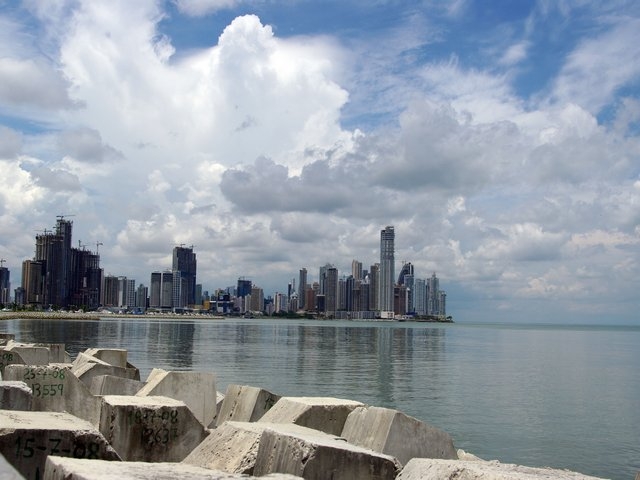

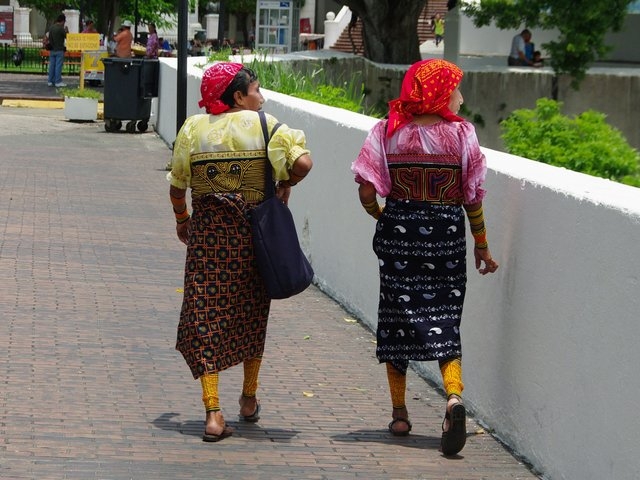
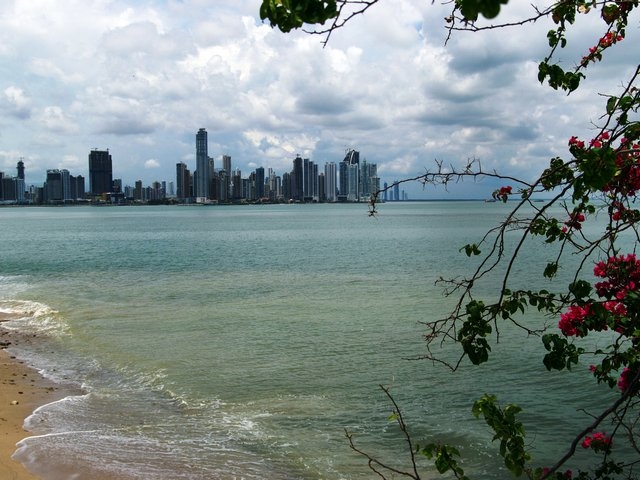


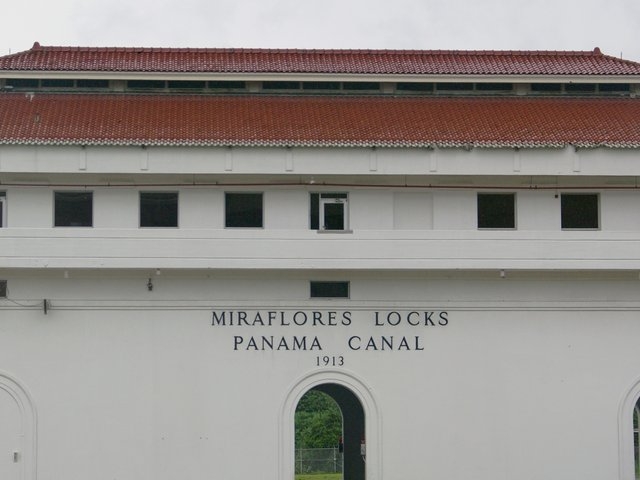

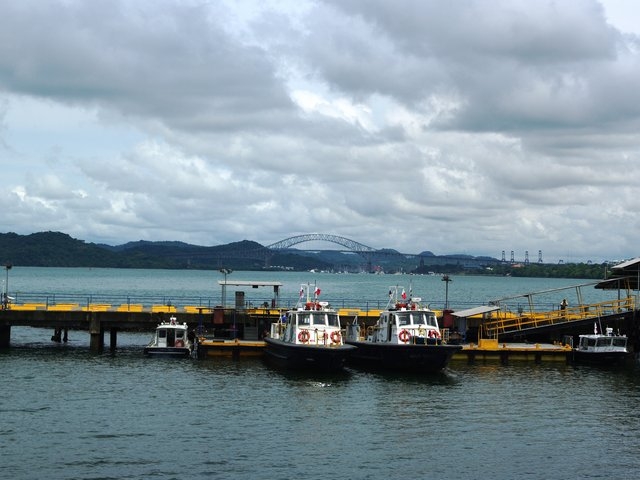
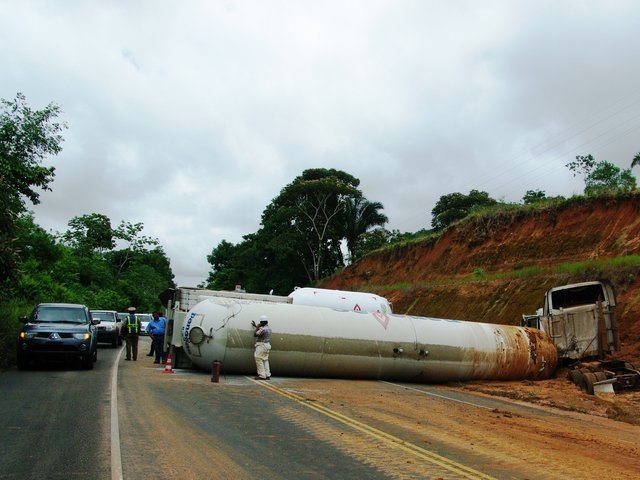
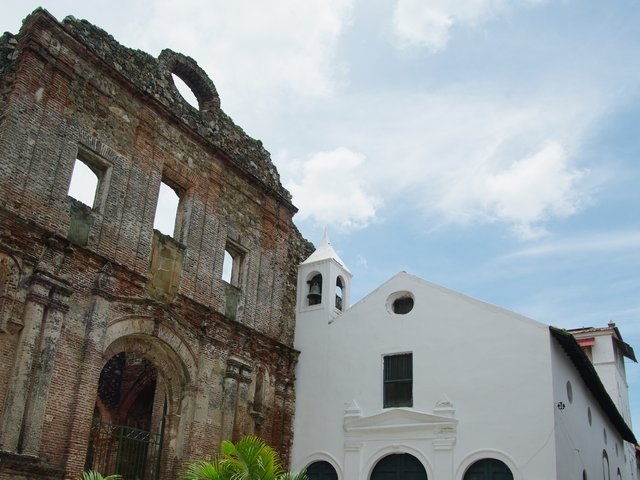
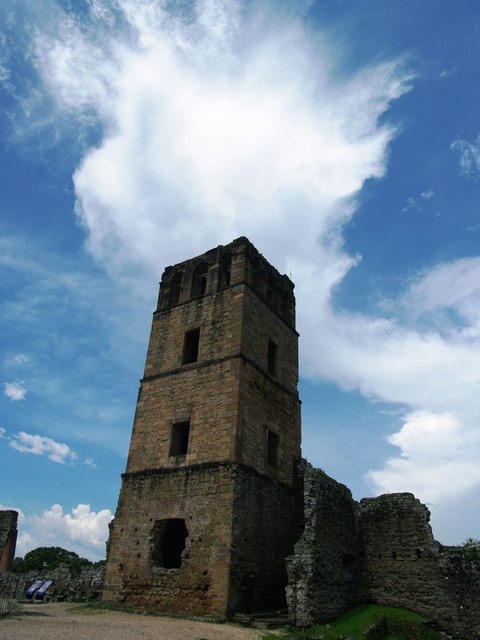

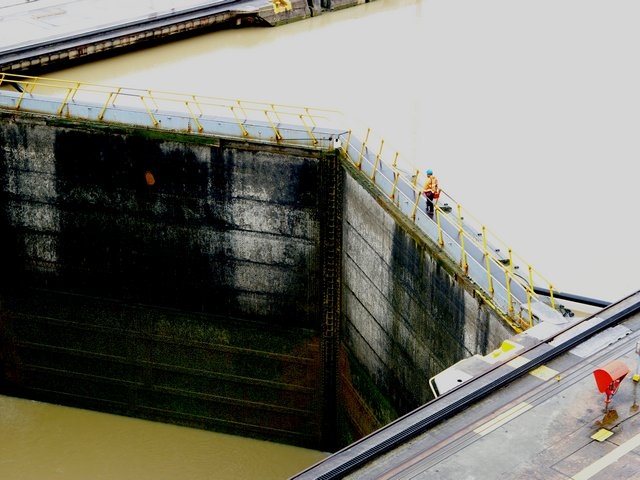
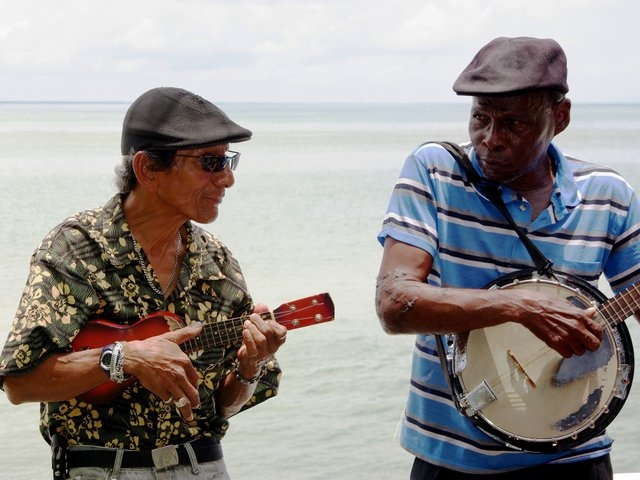
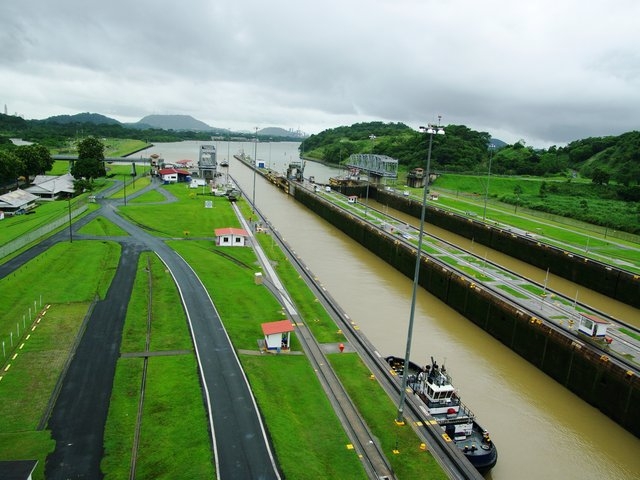
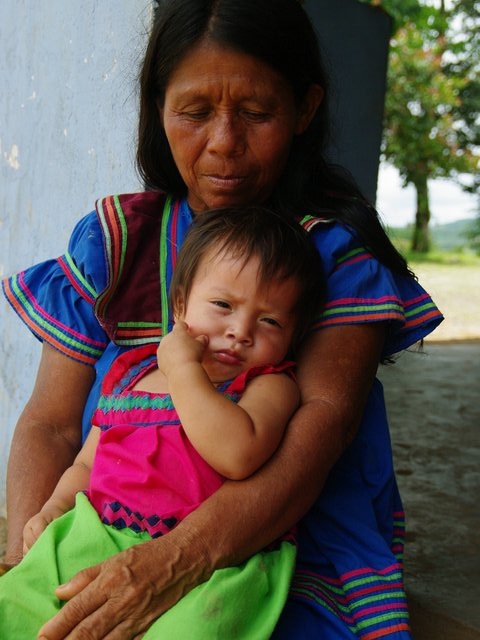
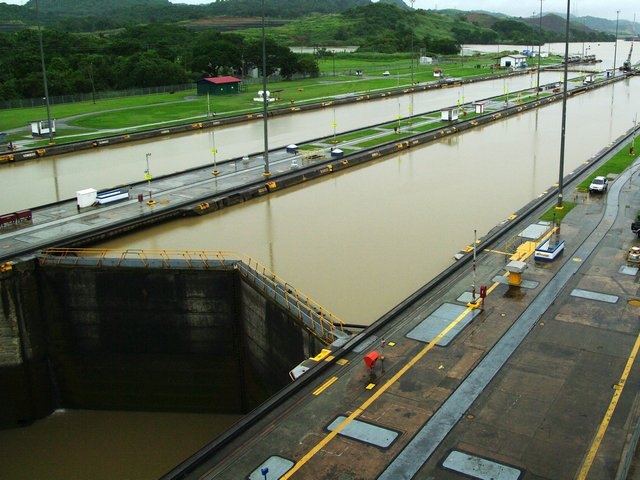
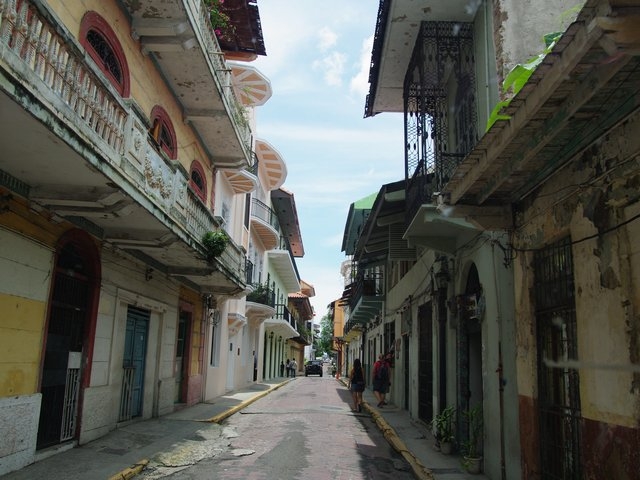
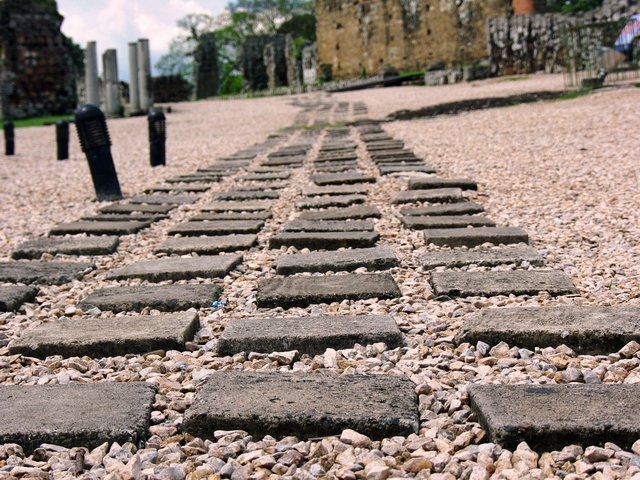
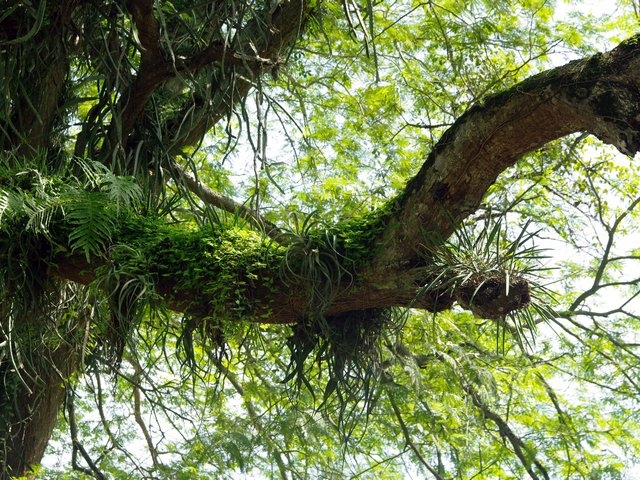
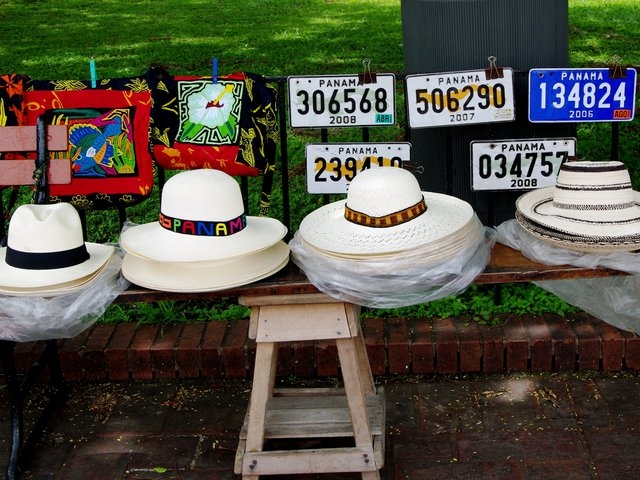
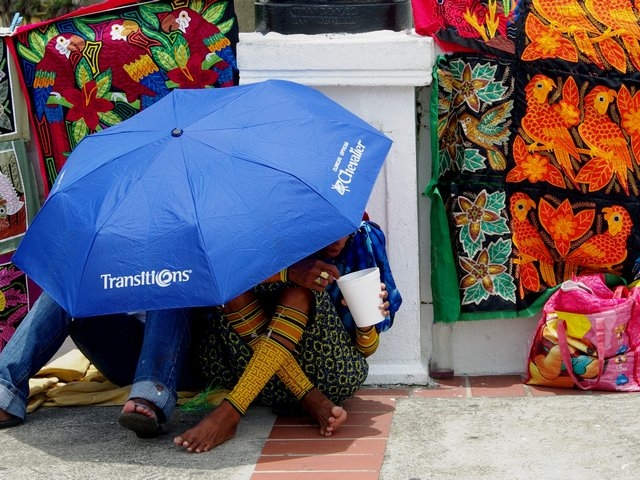
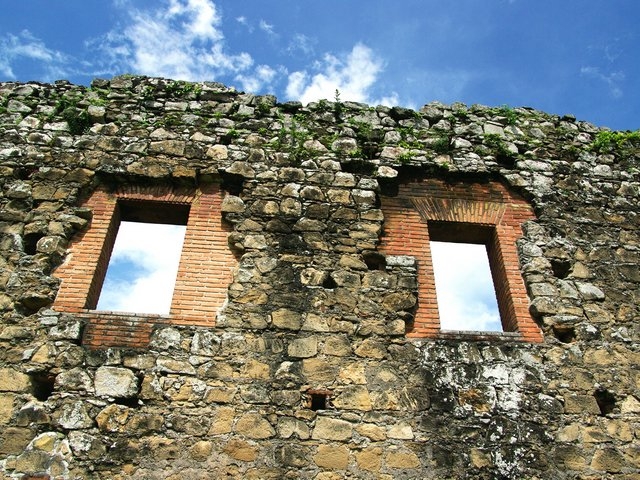

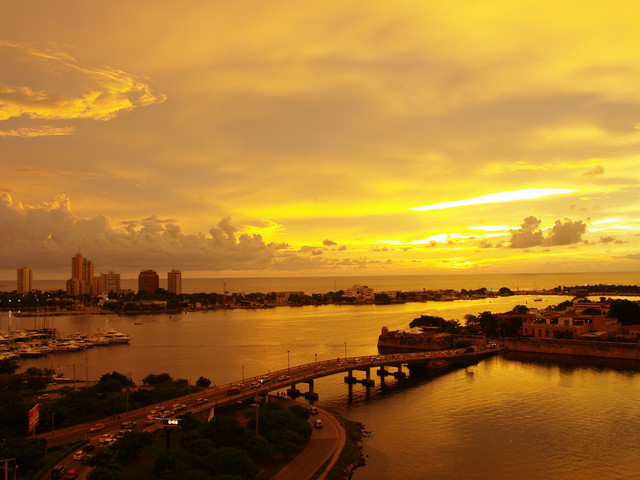
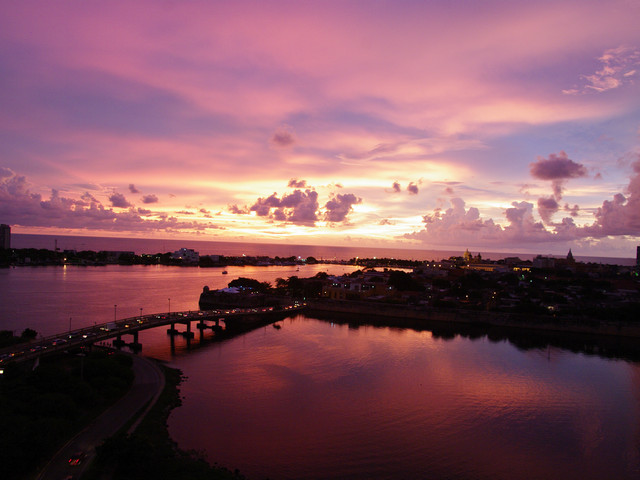
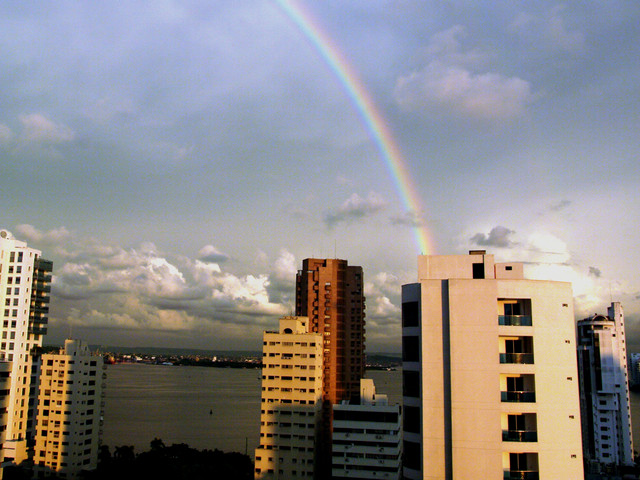

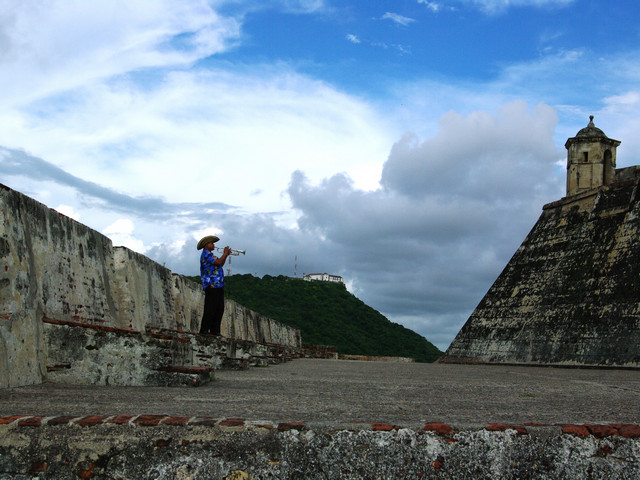

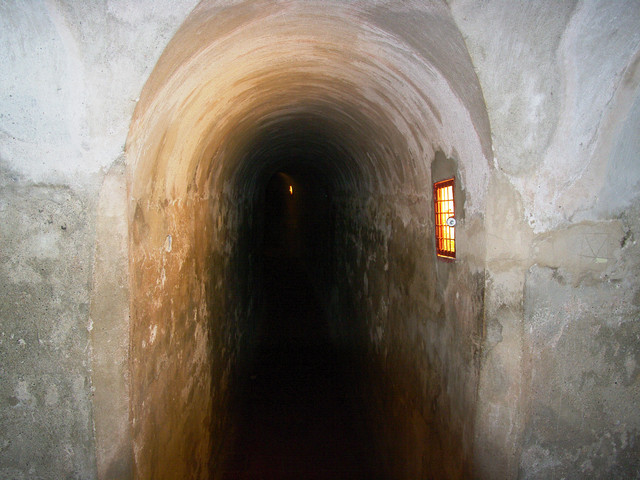
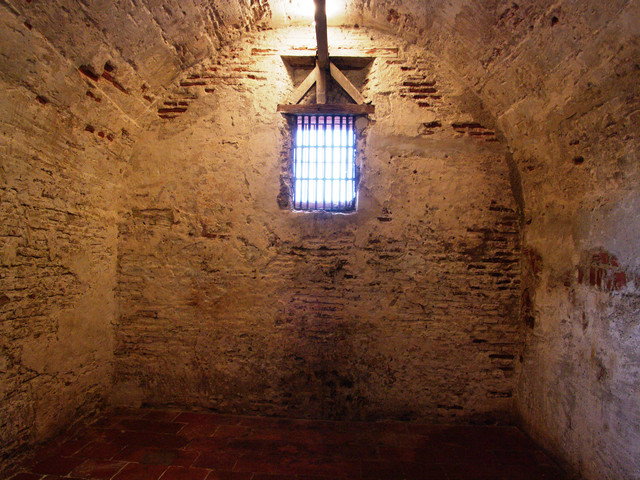
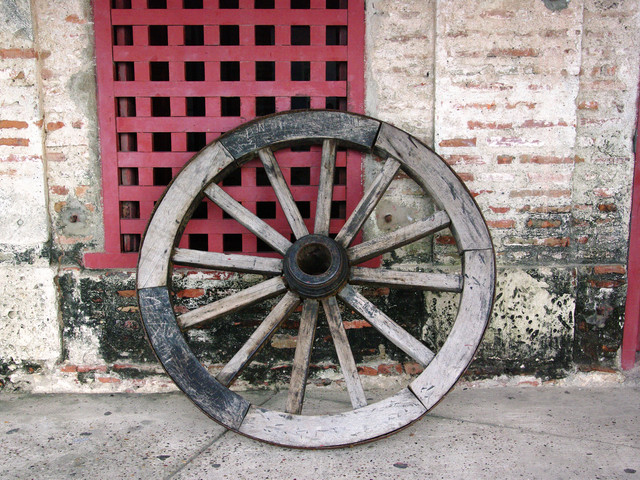
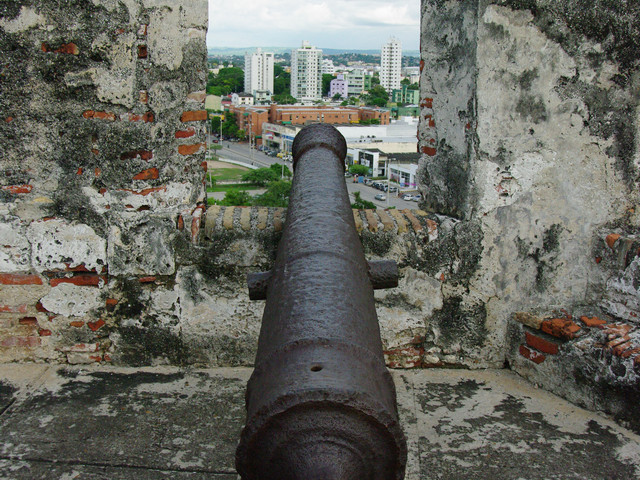

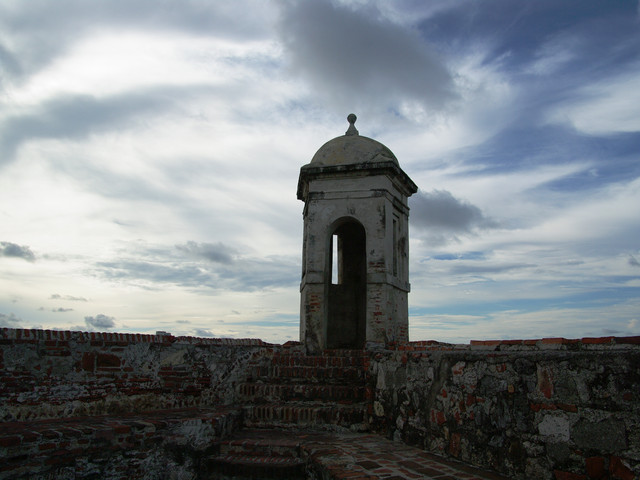


Comment